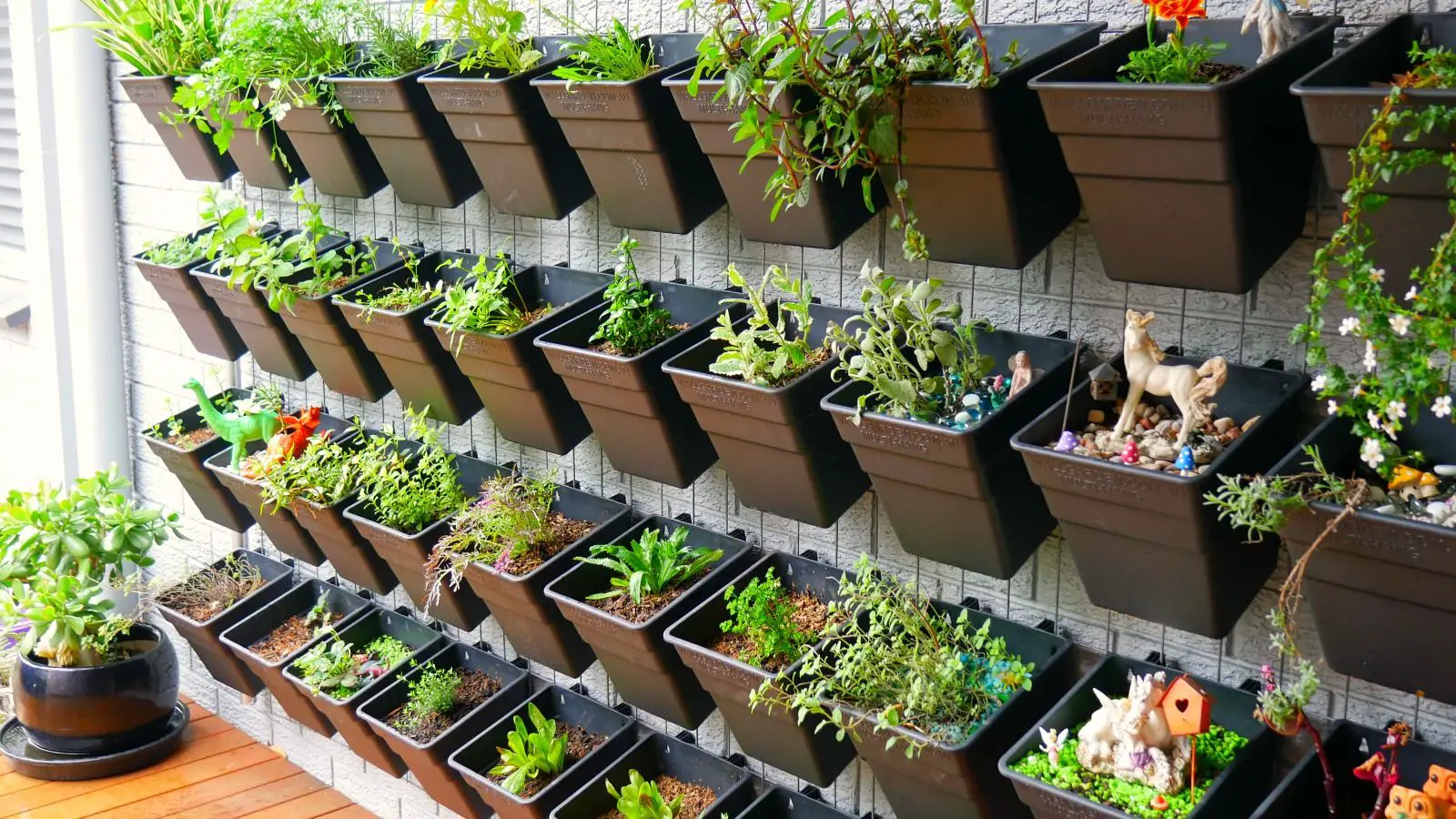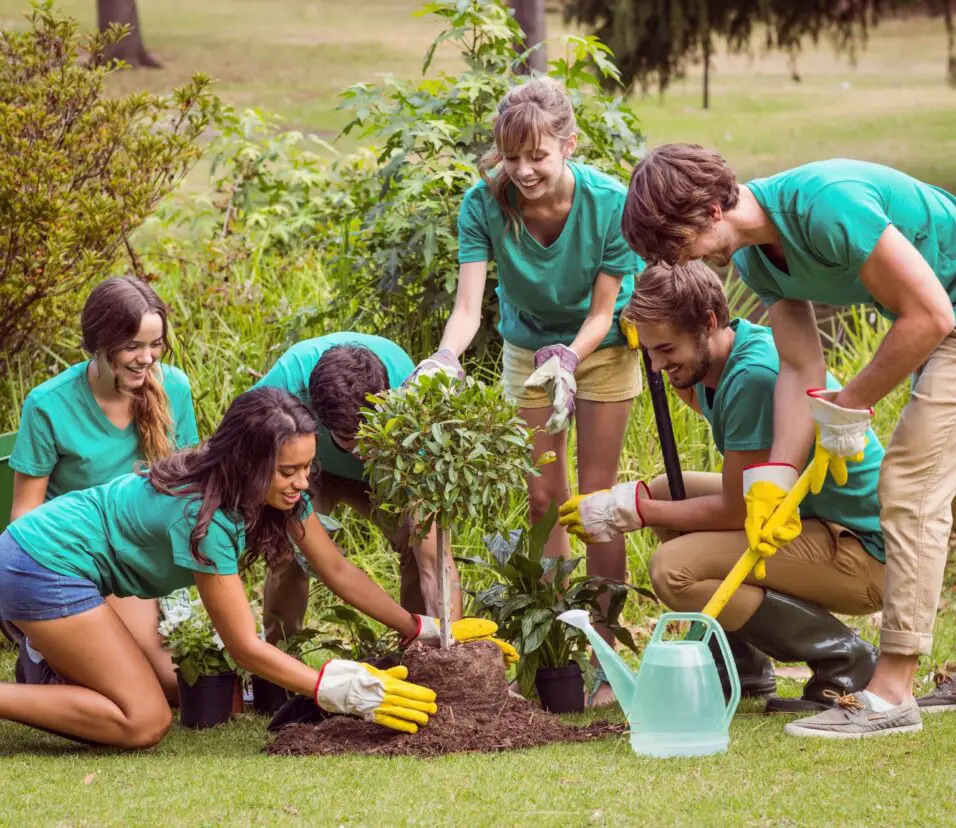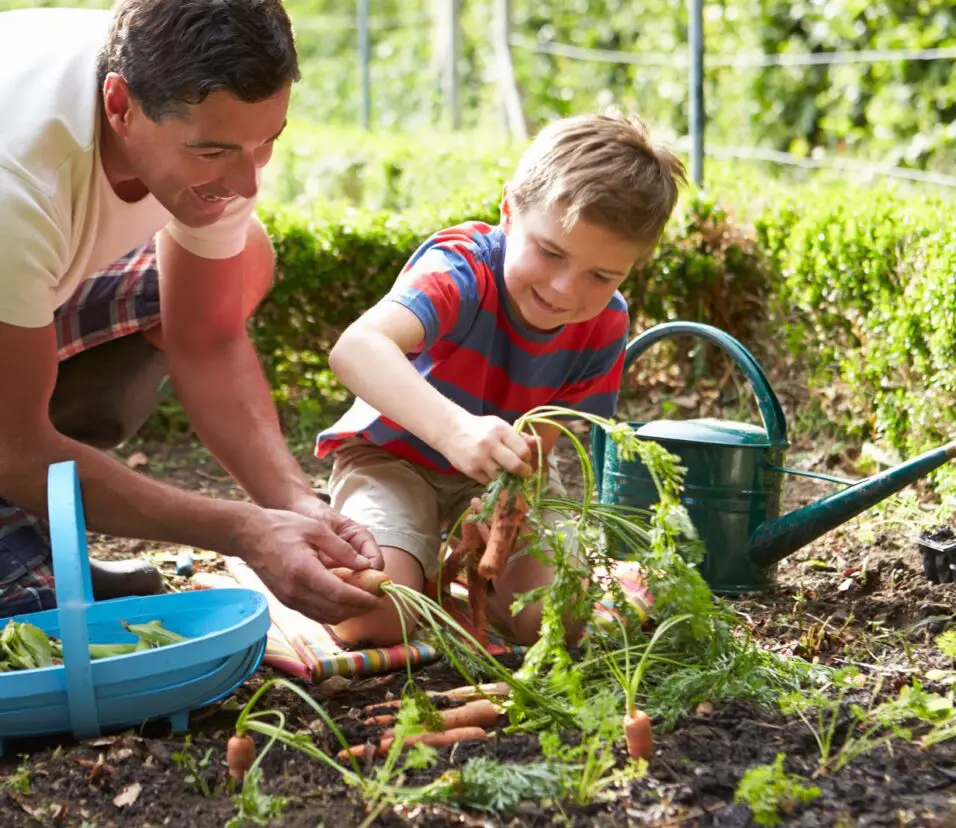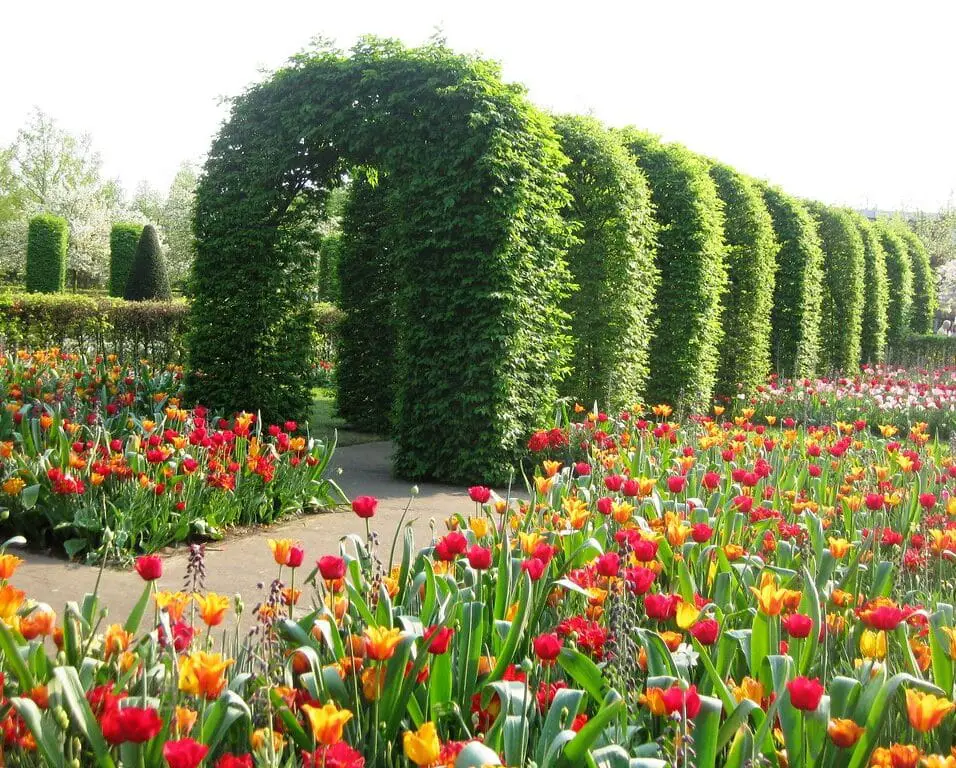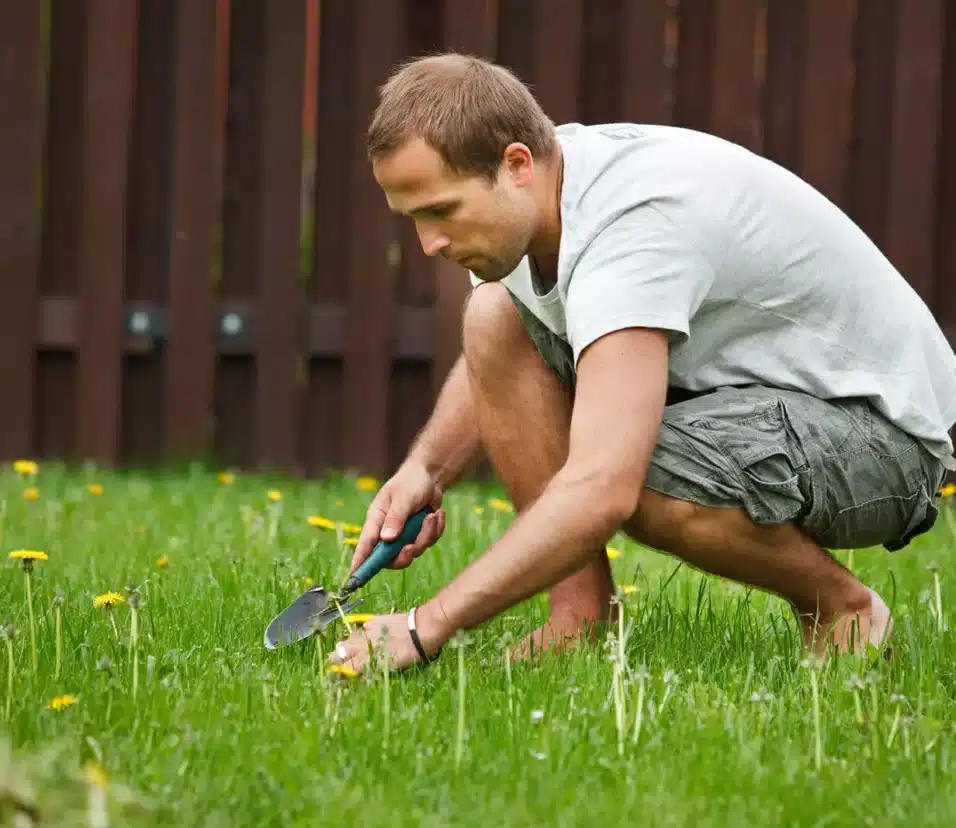Which Plastics Are Safe For Gardening
Introduction
Which Plastics Are Safe For Gardening: Plastics have become an integral part of our daily lives, with their versatility and durability making them a popular choice for various applications. One such application is gardening, where plastics are used for a wide range of purposes, from plant pots and containers to irrigation systems and mulch films. However, not all plastics are safe for gardening, as some may contain harmful chemicals that can leach into the soil and affect plant growth and health.
When it comes to choosing plastics for gardening, it is important to consider their composition and potential impact on the environment and human health. One of the safest options is food-grade plastics, which are specifically designed to come into contact with food and are therefore less likely to contain harmful chemicals. These plastics are typically labeled with a “”food-safe”” symbol, such as a fork and glass, indicating that they have been tested and approved for food contact.
Another safe option for gardening leave is high-density polyethylene (HDPE), which is commonly used for water pipes and irrigation systems. HDPE is known for its resistance to chemicals and UV radiation, making it a durable and long-lasting choice for outdoor applications. It is also considered safe for use in contact with food and water, making it suitable for gardening purposes.
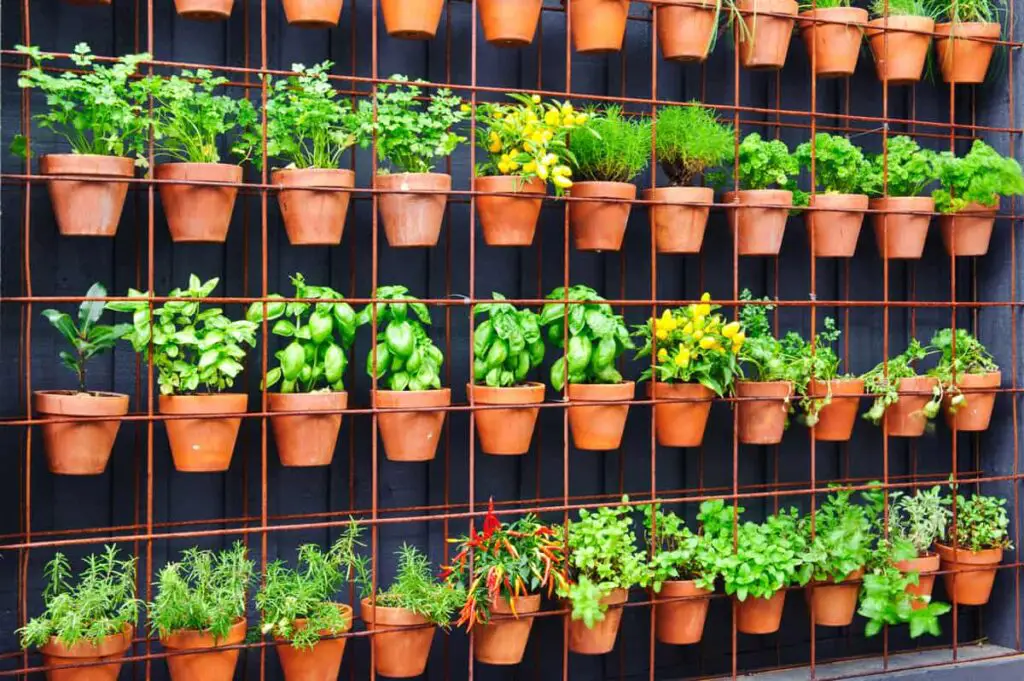
Is PVC safe to use in a garden?
PVC is safe for plants, aquaponics, drinking water systems, and other food and drink contact if it is uPVC or Rigid PVC. This joints shouldn’t be over-glued. PVC cement makes them unsafe for food.
Many industries use polyvinyl chloride (PVC). Gardeners and homeowners like it because it’s durable, versatile, and affordable. But some worry about the safety of using PVC in a yard, especially when growing edible plants. Can I use PVC in my garden?
Start by understanding that PVC isn’t always harmful or hazardous. Stable substance prevents harmful chemicals from entering soil and water. PVC pipes and fittings in irrigation systems sometimes get wet with plant-necessary water. Studies show that PVC pipes don’t pollute water, making them safe for yards.
PVC may not be safe for gardening, especially with edible plants. PVC pipes and containers can leak phthalates over time. Phthalates soften and bend PVC. Even though PVC releases very little phthalates, there is evidence that they can harm health, especially in youngsters and pregnant women.
PVC does not degrade naturally and can harm the environment if not properly disposed of. PVC products release dioxins and other hazardous compounds when burned. These substances harm humans and the environment. Thus, when using PVC in a yard, consider its environmental impact and consider choosing more eco-friendly materials.
What containers are safe for growing vegetables?
Avoid treated wood and plastic buckets with chemicals. Nursery pots, bushel baskets, buckets, milk cartons, plastic bags, and recycled cardboard boxes work nicely as containers.
Choosing the correct container for growing veggies is crucial for their health and safety. Some containers can emit harmful chemicals into the soil and food, making them unsuitable for growing vegetables. Because of this, vegetable containers must be safe and non-damaging.
Growing vegetables in food-grade plastic containers is safest. These food containers are suitable for transport and storage, so they won’t leach toxins into the soil. Make sure your veggie container is “food-grade” or “BPA-free” before planting.
Growing vegetables in ceramic or clay pots is safe too. These natural products don’t include harmful chemicals that can go into the dirt. Although heavy, pottery and clay pots break more easily than other materials. This means they may not be ideal for larger plants or frequent container swapping.
What kind of plastic is used for garden beds?
Plastic Type 2 – HDPE
Because of this, it’s an excellent choice for the hydroponic or aquaponic garden. In this particular instance, HDPE is also good for soil-based gardening too — but it’s harder to find it in soil-based gardening applications.
When it comes to garden beds, choosing the right material is crucial for the success of your plants. One popular option is plastic, which offers several advantages for gardeners. However, not all plastics are suitable for garden beds. So, what kind of plastic is used for garden beds?
High-density polyethylene (HDPE) plastic is commonly used for garden beds. HDPE is a durable and long-lasting plastic that can withstand harsh weather conditions and resist cracking or breaking. It is also resistant to rot, mold, and pests, making it an ideal choice for outdoor applications like garden beds.
Another type of plastic that is often used for garden beds is recycled plastic. Recycled plastic is made from post-consumer waste, such as plastic bottles or containers, which are melted down and molded into various shapes, including garden beds. This type of plastic is not only environmentally friendly but also durable and resistant to decay.
UV-stabilized plastic is another important consideration when choosing plastic for garden beds. UV-stabilized plastic is treated with additives that protect it from the harmful effects of the sun’s ultraviolet (UV) rays. This is particularly important for garden beds, as prolonged exposure to sunlight can cause plastic to become brittle and break down over time.
Lastly, it is worth mentioning that food-grade plastic is also used for garden beds, especially if you plan to grow edible plants. Food-grade plastic is made from materials that are safe for contact with food, ensuring that no harmful chemicals leach into the soil and affect the quality of your crops.
Is number 7 plastic safe?
Steer clear of polycarbonate (PC #7) to avoid bisphenol-A (BPA). Polycarbonate is a clear hard plastic used in some reusable water bottles, baby bottles, commercial water jugs, and kitchen appliances like automatic coffee makers and food processors. Instead, choose glass or unlined stainless steel for drink containers.
Number 7 plastic, also known as “”other”” or “”miscellaneous”” plastic, is a category that includes various types of plastic that do not fit into the other six categories. This can make it difficult to determine whether number 7 plastic is safe or not. However, it is important to note that not all number 7 plastics are created equal, and some may be safer than others.
One type of number 7 plastic that is commonly used is polycarbonate, which is known for its durability and heat resistance. Polycarbonate is often used to make water bottles, baby bottles, and food storage containers. However, there has been some concern about the safety of polycarbonate plastic due to the potential leaching of a chemical called bisphenol A (BPA).
BPA is a synthetic compound that has been used in the production of polycarbonate plastic for many years.
It is known to mimic the hormone estrogen and has been linked to various health issues, including reproductive problems, developmental delays, and an increased risk of certain cancers. As a result, many manufacturers have started to produce BPA-free polycarbonate plastic products.
Another type of number 7 plastic is biodegradable plastic, which is designed to break down more quickly than traditional plastics. Biodegradable plastics are often made from plant-based materials, such as corn or sugarcane, and are considered to be more environmentally friendly. However, it is important to note that not all biodegradable plastics are created equal, and some may still release harmful chemicals as they break down.
The safety of number 7 plastic depends on the specific type of plastic and how it is used. It is important to look for BPA-free polycarbonate plastic products and to be cautious when using biodegradable plastics. Additionally, it is always a good idea to reduce the use of plastic whenever possible and to opt for more sustainable alternatives, such as glass or stainless steel.
What plastic is used for plant pots?
Most plant pots are made of polyprophylene, which is made from crude oil. For years, pots have been made from salvaged materials to save money and the environment.
People all over the world use plastic plant pots in their yards, greenhouses, and homes. These sturdy pots make it easy for gardeners to move and transplant plants. Did you ever think about what kind of plastic these pots are?
The most common type of plastic used for plant pots is polyethylene. Polypropylene can stand up to heat, chemicals, and impacts. It’s great for use outside in bad weather because it’s light and has a high freezing point.
Plastic called Styrofoam is also used to make plant pots. Strong but light styrofoam is used to make packaging and single-use food containers. It’s not as common as plastic for plant pots, but it is still used in some gardening tools.
Injection molding is most often used to make plastic plant pots. The finished item is made by melting plastic pellets and pressing them into a mold. The mold then cools and is taken out. Clay or ceramic plant pots aren’t as good as plastic ones. Containers made of plastic are light and easy to move around.
They break less often, the pots last longer.
Plastic is cheaper, lasts longer, and is easier to use than other materials for plant pots. They are popular with both expert and amateur gardeners because of this. Plastic pots can hurt the earth if they are not thrown away properly. Reusing or recycling plastic pots cuts down on waste and harm to the earth.
HDPE/PP plastics or plastics made for food are safe for gardening. Plastics in this group are known for being long-lasting, resistant to chemicals, and able to be used outside. If you touch food, food-grade plastics are safe. This makes them great for gardens where plants may touch the plastic.
Plastics like HDPE and PP are used in farming because they don’t pollute the soil or water. Also, they can stand up to UV rays, so they won’t break down in the sun. Because of this, they are great for long-term use in the yard outside.
Take note that not all plastics can be used in the yard. Avoid plastics that are made of PVC or phthalates because they can release harmful chemicals into the dirt that hurt plants and the environment. Pick plastics that are made for gardening or that are approved as food-safe to protect your yard.
Are there any specific plastic materials that should be avoided when using them in a garden setting?
When it comes to using plastic materials in a garden setting, there are certain types that should be avoided due to their potential harm to plants and the environment. One such material is PVC (polyvinyl chloride), which contains harmful chemicals such as phthalates and lead.
Another plastic material to avoid is polystyrene, commonly known as Styrofoam. This material is not biodegradable and can take hundreds of years to break down in the environment. When used in gardening, polystyrene can release toxic chemicals and microplastics into the soil, which can be harmful to plants and wildlife.
It is also important to avoid using plastics that are not labeled as food-safe or BPA-free. These plastics may contain harmful additives that can leach into the soil and be taken up by plants. To ensure the safety of your garden, it is best to opt for plastics that are specifically designed for gardening purposes and are labeled as safe for use with plants.
How can I determine if a plastic product is safe to use for gardening purposes?
There are a few important things to think about when figuring out if a plastic material is safe for farming. To begin, search for plastics that say they are food-safe or food-grade on the box. There is a reason these plastics are made to touch food, and most people think they are safe to use in farming too. Check the plastic for signs that say “FDA-approved” or “BPA-free” to make sure it is safe to use.
The plastic’s recycle code is another important thing to think about. The type of plastic used is shown by this code, which is generally on the bottom of the item. Some types of plastic, like HDPE (high-density polyethylene) and PET (polyethylene terephthalate), are safe to use in farming.
Also, learn as much as you can about the company that made the plastic item. Look for companies with a good reputation that put safety and the environment first. You can find out if they are certified or follow any industry standards, like ISO 9001 or ASTM International. These certifications show that the company has strict quality control measures in place to make sure their goods are safe.
Are there any regulations or certifications that indicate the safety of plastics used in gardening?
Yes, horticultural plastics are regulated and certified safe. You should check for “”BPA-free”” certification. Plastics contain bisphenol A, a substance linked to health problems. Choose BPA-free plastics for your garden to be safer.
In addition to the BPA-free label, check for FDA- or USDA-certified plastics. These certifications show that the plastic is safe and tested.
Remember that different nations have different standards and certifications for gardening plastics. Plastics used with food or plants in the EU must comply with the EU Plastics Regulation. Therefore, before buying plastics for gardening, check your region’s legislation and certifications.
Can you provide a list of commonly used plastics that are known to be safe for gardening?
When it comes to choosing plastics for gardening, it is important to select materials that are safe and non-toxic. Here is a list of commonly used plastics that are known to be safe for gardening:
1. High-Density Polyethylene (HDPE): HDPE is a popular choice for garden containers, raised beds, and irrigation systems. It is durable, resistant to UV rays, and does not leach harmful chemicals into the soil.
2. Polypropylene (PP): PP is another safe plastic commonly used in gardening. It is often used for plant pots, trays, and greenhouse coverings. PP is resistant to heat and chemicals, making it a reliable choice for garden applications.
3. Polyethylene Terephthalate (PET): PET is commonly used for plastic bottles and containers, but it can also be used in gardening. It is safe, lightweight, and resistant to moisture, making it suitable for applications such as seedling trays and plant labels.
4. Polycarbonate (PC): PC is a strong and durable plastic that is often used for greenhouse panels and cold frames. It provides excellent insulation and UV protection, creating a favorable environment for plants to thrive.
5. Polyvinyl Chloride (PVC): While PVC is widely used in various industries, it is important to note that not all PVC products are safe for gardening. Look for PVC products that are labeled as “”food-grade”” or “”phthalate-free”” to ensure their safety for use in the garden.
Remember, it is always a good idea to check the recycling codes on plastic products to determine their safety. Look for codes 2, 4, and 5, as these indicate the use of safe plastics for gardening purposes. Additionally, consider using recycled plastics whenever possible to promote sustainability in your garden.
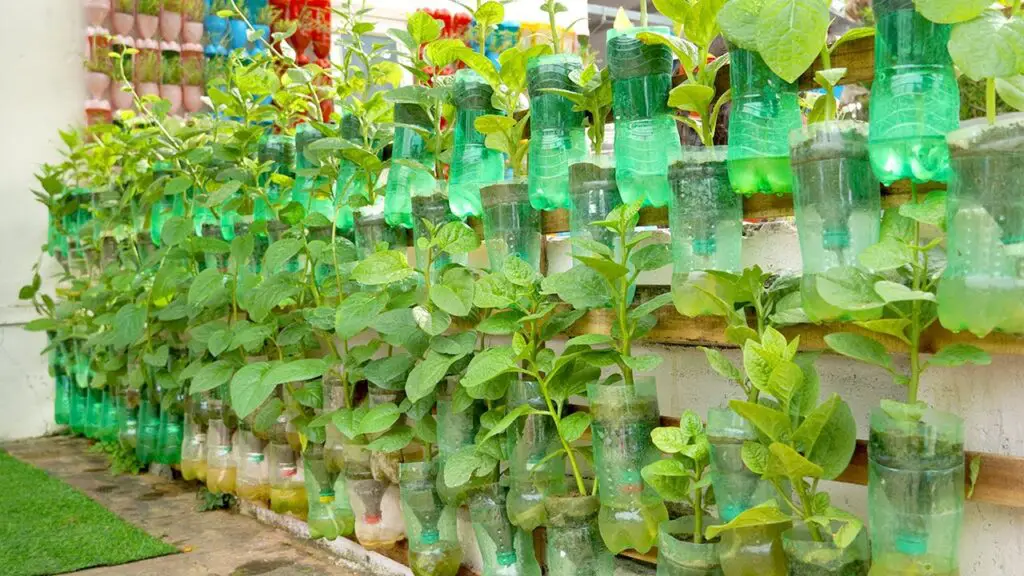
Conclusion
When it comes to using plastics in gardening, it is important to consider the safety of the materials being used. While some plastics may be safe for gardening purposes, others may contain harmful chemicals that can leach into the soil and potentially harm plants and the environment. Therefore, it is crucial to choose plastics that are specifically designed for gardening and are labeled as safe for such use.
In contrast, safe plastics such as PVC (polyvinyl chloride) should be avoided in gardening. PVC contains harmful chemicals, including phthalates and lead, which can leach into the soil and pose a risk to plants and the environment. Additionally, PVC is not resistant to UV radiation and can break down over time, releasing harmful substances. Therefore, it is best to opt for safer alternatives when it comes to using plastics in gardening.
Choosing the right plastics for gardening is crucial for the health and well-being of plants and the environment. By selecting plastics that are specifically designed for gardening and labeled as safe for such use, gardeners can ensure that their plants thrive without being exposed to harmful chemicals. Food-grade polyethylene and high-density polyethylene are among the safest options, while PVC should be avoided. Ultimately, making informed choices about the materials used in gardening can contribute to a healthier and more sustainable gardening practice.



